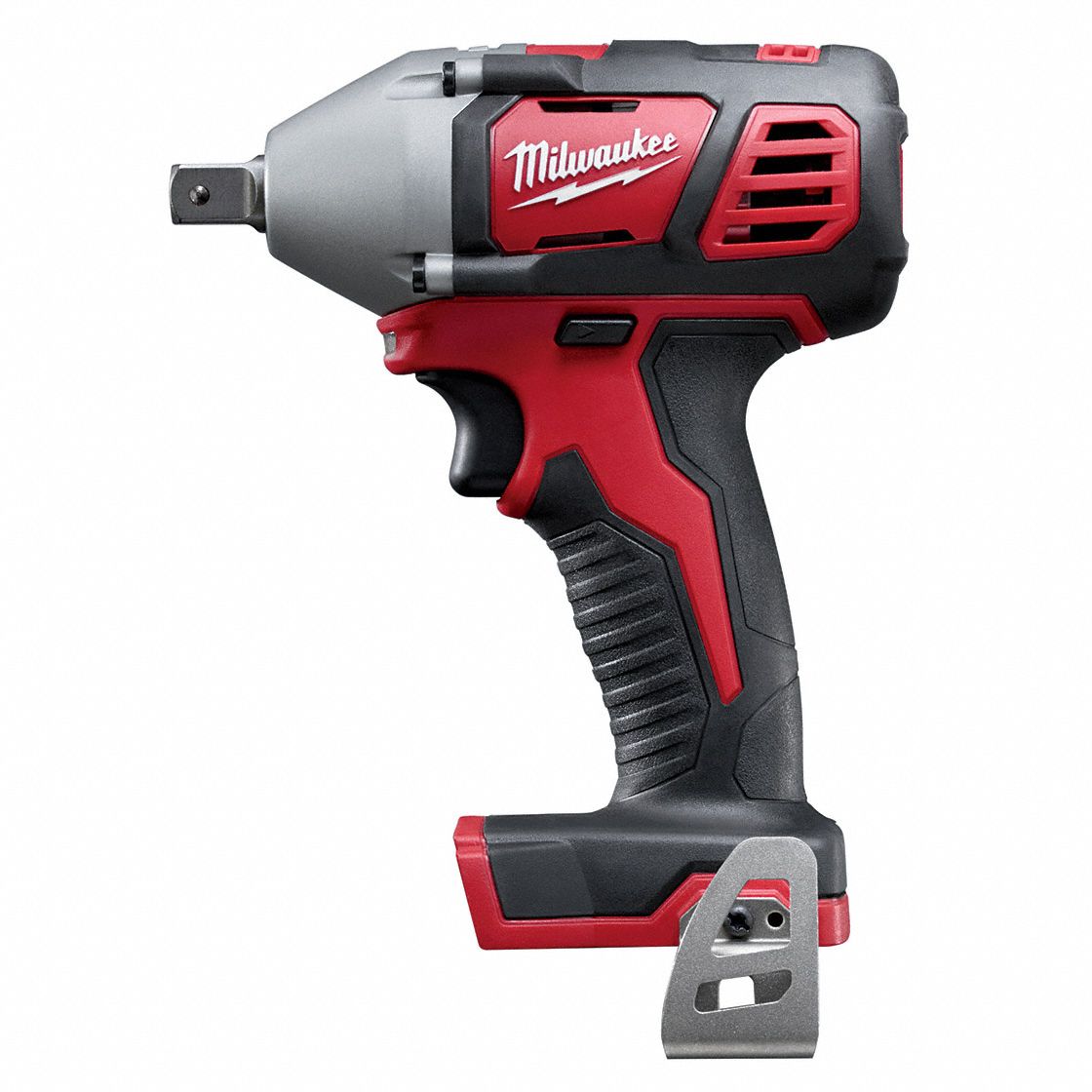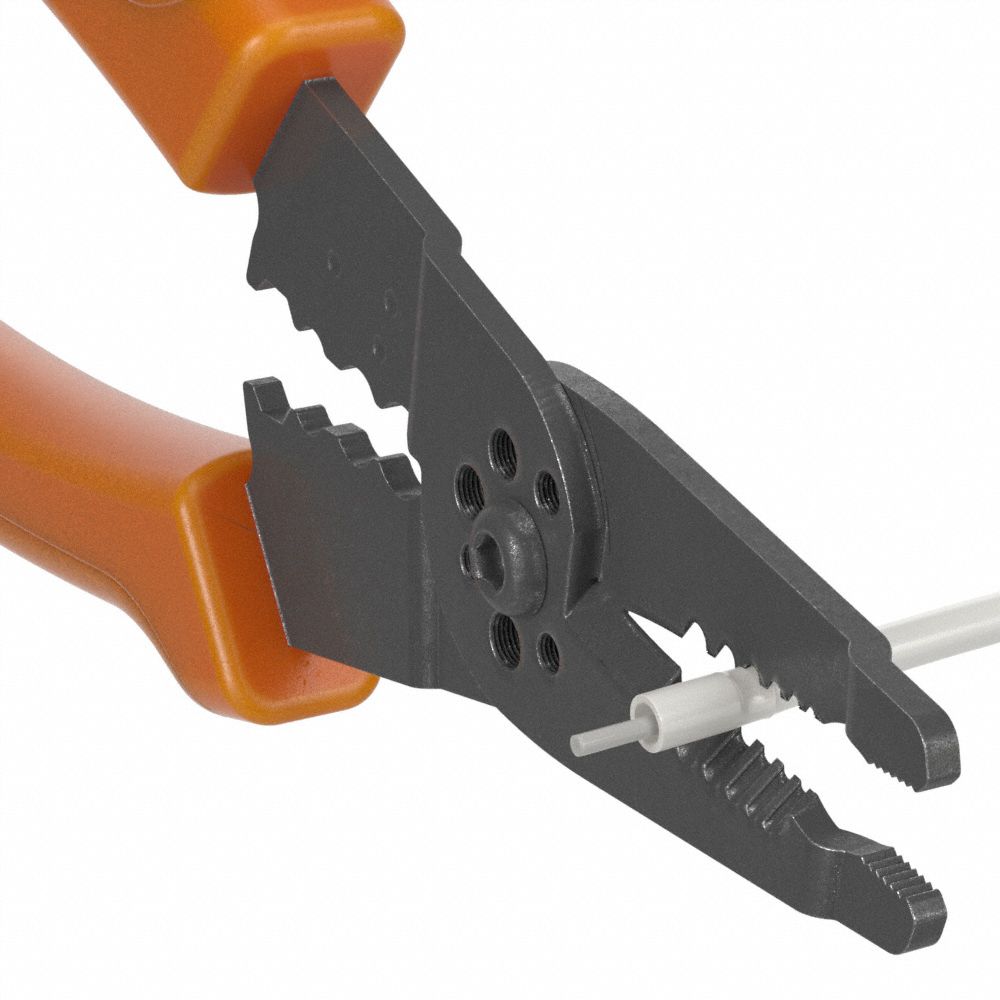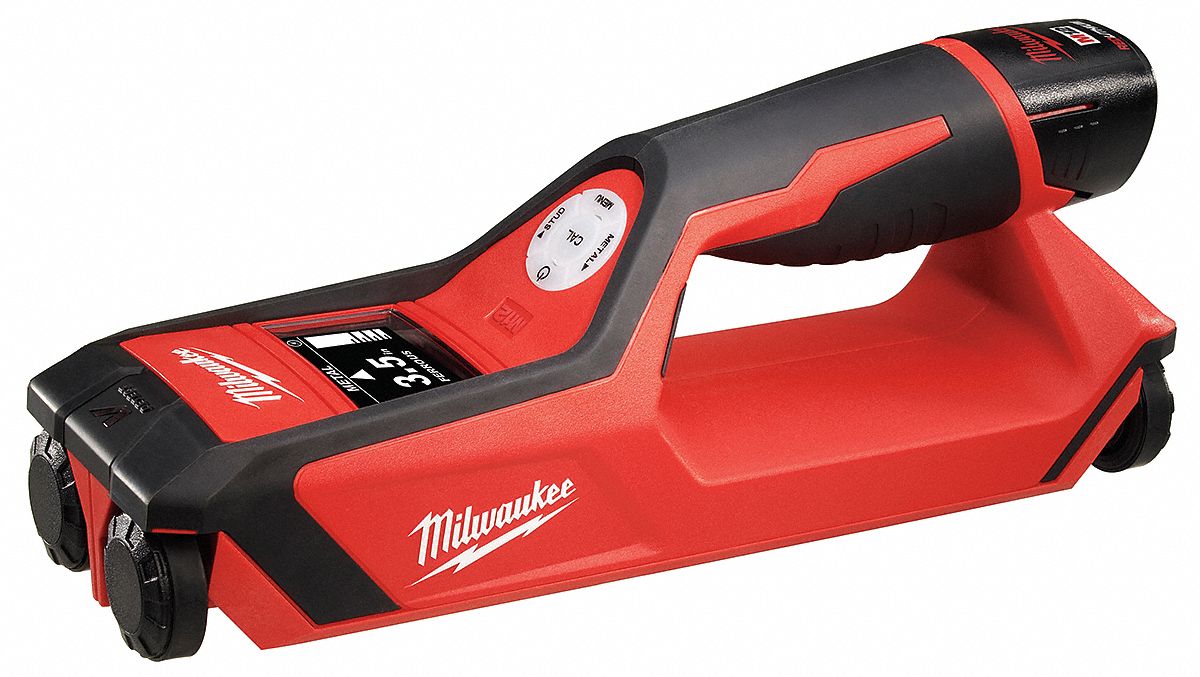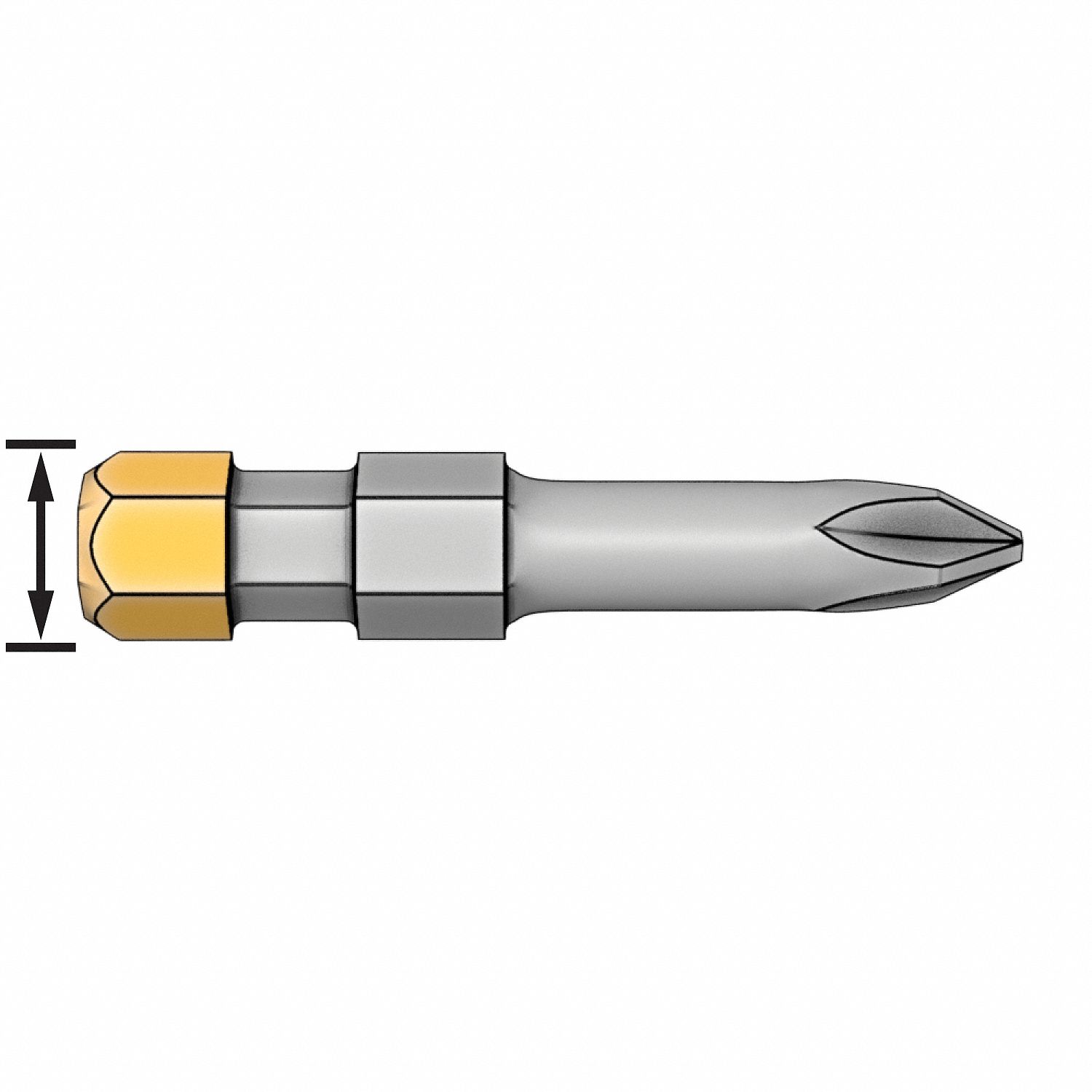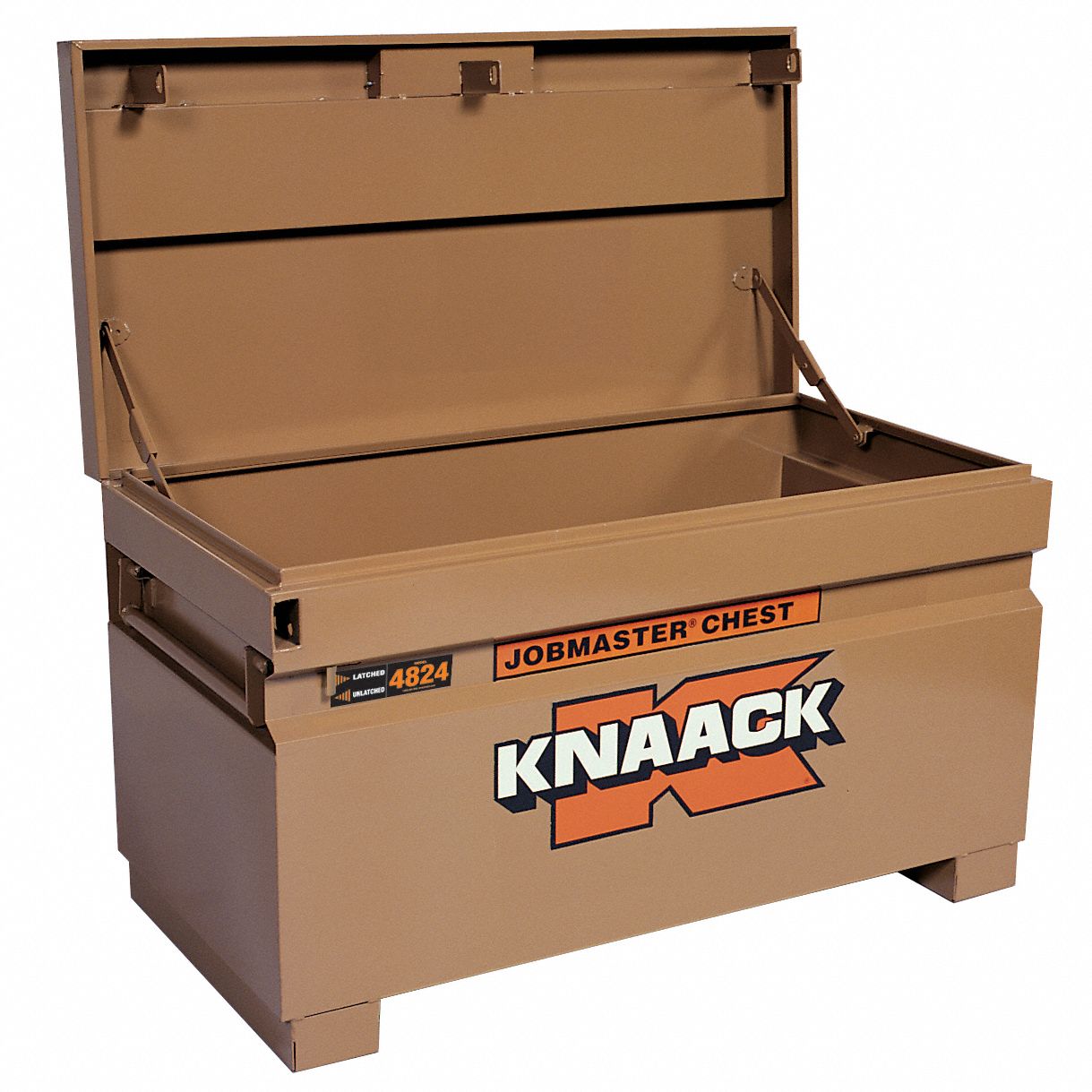

Characteristics of Abrasives
By Grainger Editorial Staff 8/8/18


Proper metalworking requires the right abrasive. These are minerals (or mineral-like substances) used to shape, grind or cut metal. Using the right abrasive is essential to getting the job done without damaging your surface. Learn about the right abrasive types for your particular surface material.
Grit Size
Grit size is an extremely important characteristic when deciding the right abrasive for your task. The grit size indicates the grade on the abrasive side of the paper. The higher the grit size, the finer the abrasive is. The basic descriptions of abrasive types range from coarse to medium to fine. Here’s basic table of the different kinds of grit sizes.
| Size | Type |
|---|---|
| 12, 16, 20 | Super coarse |
| 24,30,36 | Extra coarse |
| 40,50,60 | Coarse |
| 80,100 | Medium |
| 120,150,180 | Fine |
| 220,240,280,32 | Extra fine |
| 400,500,600 | Super fine |
| 800,1200 and finer | Extra fine |
Surface Material
Abrasives have multifaceted functions based on their characteristics. For your job to be successful, the abrasive material must be stronger than the surface in which it's applied. Abrasives can be classified into two separate categories: natural and synthetic. Here are some of the most common surface materials and which abrasives to use based on the function:
Wood
Wood is a very popular surface material that needs manipulating like calibrating, sanding, prepping for polishing, keying and more. For light and small sanding jobs, use the abrasive garnet, which is natural and inexpensive. Garnet typically comes in medium and fine grit size paper.
The best abrasives for smoothening wood are silicon carbide, which is a combination of synthetic and natural materials, and aluminum oxide, a synthetic material. Both come in a wide grit size range based on the fineness of the task.
Metal
Metal can be a difficult material to try and manipulate due to its strength and rigidity. Smoothing this surface requires the use of a tough abrasive, such as aluminum oxide. This abrasive can also help remove paint or rust on metal. To smooth or polish metal, opt for a natural material like emery, which isn't aggressive enough to scratch.
For heavy metal removal, ceramic is the right abrasive for the job. This is a rugged, industrial-duty aluminum oxide that's available in medium, coarse and extremely coarse grits.
Steel
Steel is a strong, alloy of iron. So for grinding, blending, cleaning or smoothing it requires the use a tough abrasive like aluminum oxide. This abrasive is for general use and maintenance, repair and other operations. With its strength, it can manipulate even the toughest of stainless steel.
By understanding your surface material, you can better choose the right abrasive for the task at hand. Be sure to check out our Blast Media Chart to understand all the different types of abrasives.
Sources:
- https://knowledge.axminster.co.uk/choose-the-right-abrasive
- https://www.fepa-abrasives.com/abrasive-products
- http://www.horiba.com/scientific/products/particle-characterization/applications/abrasives
- http://www.sigmaaldrich.com/chemistry/stockroom-reagents/learning-center/ technical-library/particle-size-conversion.html
- http://www.mechanicalengineeringblog.com/4836-abrasives-types-of-abrasives
The information contained in this article is intended for general information purposes only and is based on information available as of the initial date of publication. No representation is made that the information or references are complete or remain current. This article is not a substitute for review of current applicable government regulations, industry standards, or other standards specific to your business and/or activities and should not be construed as legal advice or opinion. Readers with specific questions should refer to the applicable standards or consult with an attorney.

